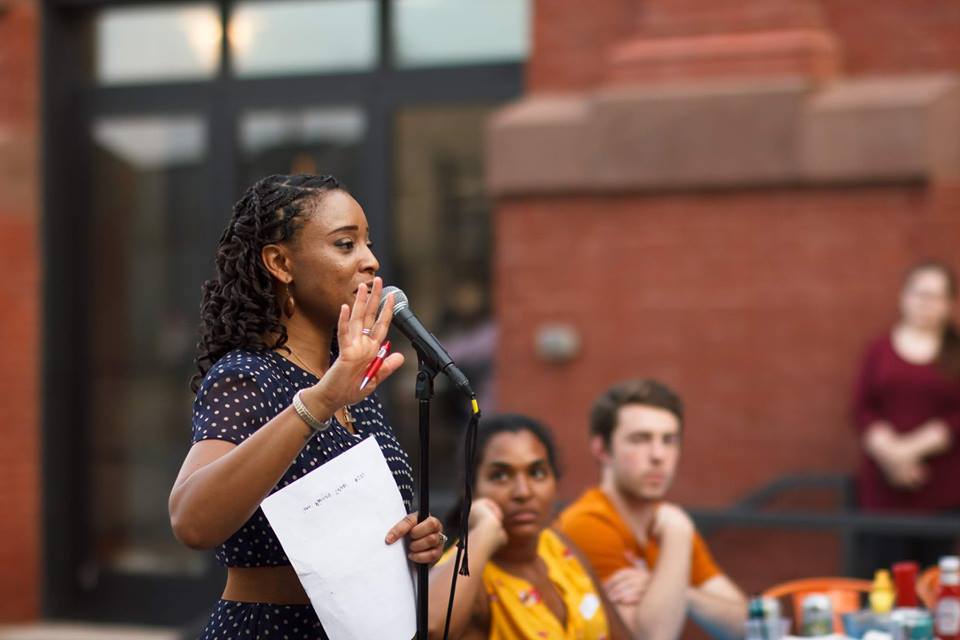Cool Things Wit Cool People is a monthly column by Akeem Dixon focusing on community development. To ask a question, email coolthingswitcoolpeople@gmail.com, or reach out @akeemdixon.
When times get rough in the mythical, grimy city of Gotham, those in need make sure to shine the bat symbol high in the air to alert Batman of danger.
Transition cities, specifically those comprised primarily of people of color, have used art in a similar capacity. Artists of all kinds have seen their creations used to start the all-important gentrification and equity conversation.
Philly recently boasted a $19 million influx of capital thanks to a Knight in signing armor. Mural Arts is no longer in a monogamous relationship with the City of Brotherly Love. A local coffee chain is serving music and social justice alongside its cold brew and blueberry muffins.
Art is the ultimate olive branch as it rarely, if ever, has the opportunity to speak back. Its creators are typically the poorest while its supporters are often the richest and furthest removed from the social ills that inspired it.
Which leads to the questions: Where does this leave the artists, and who is supporting them and how?
Erica Hawthorne-Manon, the founder of Small But Mighty Arts, took off her cape long enough to explain how her organization provides services to artists of all kinds through cold hard capital, networking opportunities, advocacy and capacity-building resources.
###
Generocity: What is Small But Mighty Arts (SBMA)? Who started it? What does it do? Who does it do it for?
Erica Hawthorne-Manon: SBMA is a program that I started in 2012 after receiving a grant to develop a micro-grant project targeted to local artists. But the motivation for starting the program came from my experience as a working artist, and considering the need for artists to have greater access to tools and resources that provide a pathway for building capacity, and persisting in the pursuit of our creative work.
I was adamant about not wanting me or my peers to fall into the stereotypical “starving artist” category. We were hard-working, inventive and entrepreneur-minded creatives with a desire to continue to develop our skills and creative work. I started SBMA by asking other local artists what resources were critical for their creative development and persistence.
Among the top three resources was funding, hence the initial creation of our micro-grant program, but what was more evident in artists’ feedback was their interest in capacity-building resources, professional development and building their networks. That moved me to enrich SBMA’s engagement and focus.
Through SBMA’s projects, we work to connect artists to career-enhancing resources via micro-grants, connections to paid opportunities through our partnerships, and programs that facilitate community-building and professional networking. We engage more than 2,000 local creatives through our programs, events and online platforms, and these artist represent 40+ artistic disciplines and at least 49 ZIP code areas throughout Greater Philadelphia and Southern New Jersey.
Generocity: Micro-grants have been one of SBMA’s most well-known programs. Why have you been a fan of micro-grants?
READ FULL ARTICLE HERE








